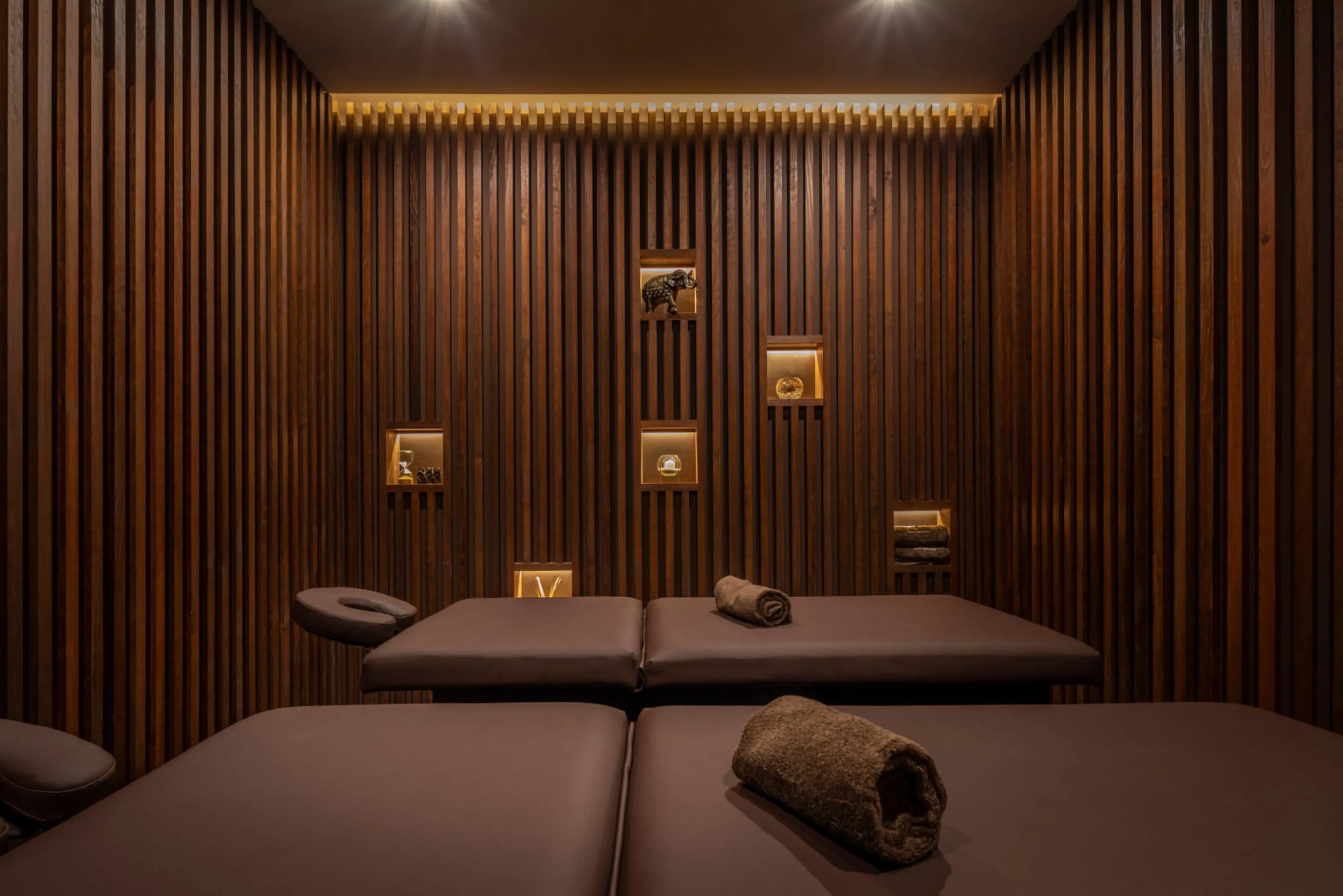How to bring biophilic design into healthcare facilities
Hospitals and healthcare facilities are delicate environments where a restorative space can contribute to healing, supporting, and uplifting a wide array of feelings and physical states.
This episode of Biophilic How To looks into the design of healthcare facilities from a biophilic perspective, combining atmospheres, design choices, and the experience of space in a nourishing outcome…
The experience of space
While focusing on hygiene and functionality, healthcare design has traditionally neglected one equally important element: the experience of space.
It’s rare to feel at ease when entering a healthcare facility, yet a more comforting ambiance would support patients, visitors as well as workers in delicate situations. The challenge of healthcare design is preventing spaces from feeling as sterile as they practically need to be.

Designing a biophilic healthcare facility
The research that inspired biophilic design principles originated in healthcare environments, discovering that green views facilitate the healing journey and reduce the perception of pain. Views of nature provide an uplifting and ever-changing scene to observe while giving patients a healthy perception of the passing of time and the change in weather conditions throughout the day.
Comforting textures, enveloping shapes and colours, sensory elements, and soft lighting are all elements to introduce warmth as well as a degree of privacy in the space – both conducive to a comforting ambiance. From a material perspective, nature-like solutions help combine a restorative experience with strict hygiene requirements. Similarly, human-centric systems get artificial lighting closer to wellbeing.



The value of outdoor time
Spending time outdoors is a well-recognized contributor to human health and wellbeing. In the context of healthcare facilities, outdoor time could take many forms: explorative walks, sensory gardens, plant-care sessions, exposure to water…
As a whole, outdoor activities introduce an enjoyable source of distraction for patients and workers, help heal apprehension and pain, and mitigate the alienating sense of being out of the world.


Healthcare facilities are delicate spaces where a restorative design becomes an integral part of the healing process while crafting a less intimidating ambiance, ultimately making the environment more human.
Further resources:
Available in the shop, anooi’s publications explore the nuances of a biophilic ethos, highlight anooi’s perspective on the topic, and cover the studio’s ongoing research in biophilic thinking and design.